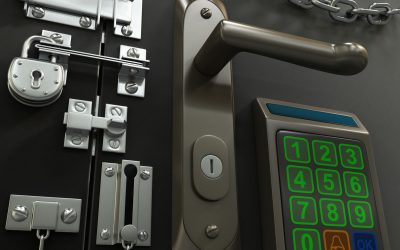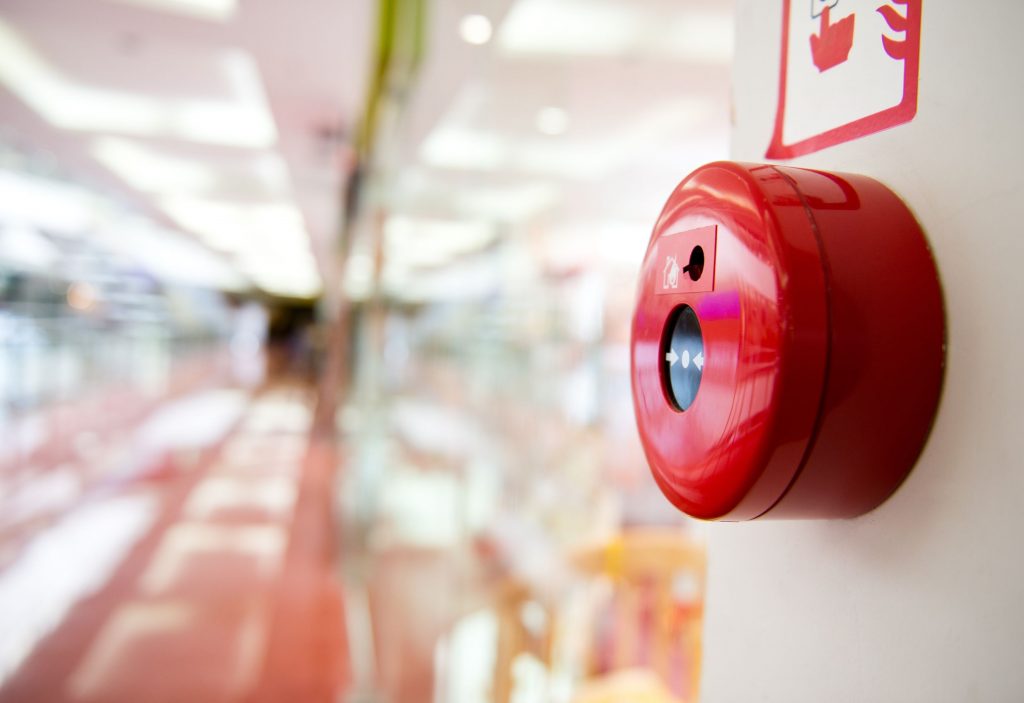Fire safety is of paramount importance for any business or homeowner in Salem, OR. Ensuring the protection of residents, employees, and property requires a comprehensive approach, beginning with the installation of a fire alarm system. When venturing into the fire alarm system installationprocess, it’s crucial to understand the unique considerations and steps involved in Salem’s specific region.
This comprehensive guide explores what to expect when you decide to fortify your establishment with a fire alarm system in Salem, Oregon.
Regulations and Requirements in Salem, OR
When it comes to installing a fire alarm system, understanding the local regulations is vital. In Salem, you can expect to comply with the Oregon Fire Code and any amendments specific to the city.
Compliance Standards for Fire Alarm Systems
The Oregon Fire Code outlines the minimum requirements for fire alarm systems, including system types, placement of components, and notification methods.
Permits and Inspections Needed in Salem, OR
Before installation can begin, you’ll likely need to obtain a permit from the Salem Fire Department. Once installed, the system must pass inspection to ensure all regulations are met.
Types of Fire Alarm Systems
Fire alarm systems come in various types, each designed for different applications.
Addressable vs. Conventional Systems
Addressable systems offer pinpointing of an alarm location down to the specific device, whereas conventional systems divide the facility into zones.
Wired vs. Wireless Systems
Wired systems provide a reliable connection between components, while wireless systems offer easier installation in buildings where wiring may be complex or impractical.
Installation Process
The installation of a fire alarm system in Salem, OR, is a systematic procedure that involves several key steps to ensure the system is fully operational and compliant.
Site Assessment and Planning
Professional technicians will survey your premises to determine the best type and placement of devices to meet both safety and regulatory requirements.
Components Installation and Wiring
During this phase, the control panel, smoke detectors, heat sensors, and other required components are installed and wired together to form a cohesive system.
Testing and Certification
Several tests will be conducted on the system, including functionality tests, battery backups, and response times to ensure they meet the outlined standards. Once certified, you can expect a tag or certificate to be posted on the property, attesting to the system’s compliance.

